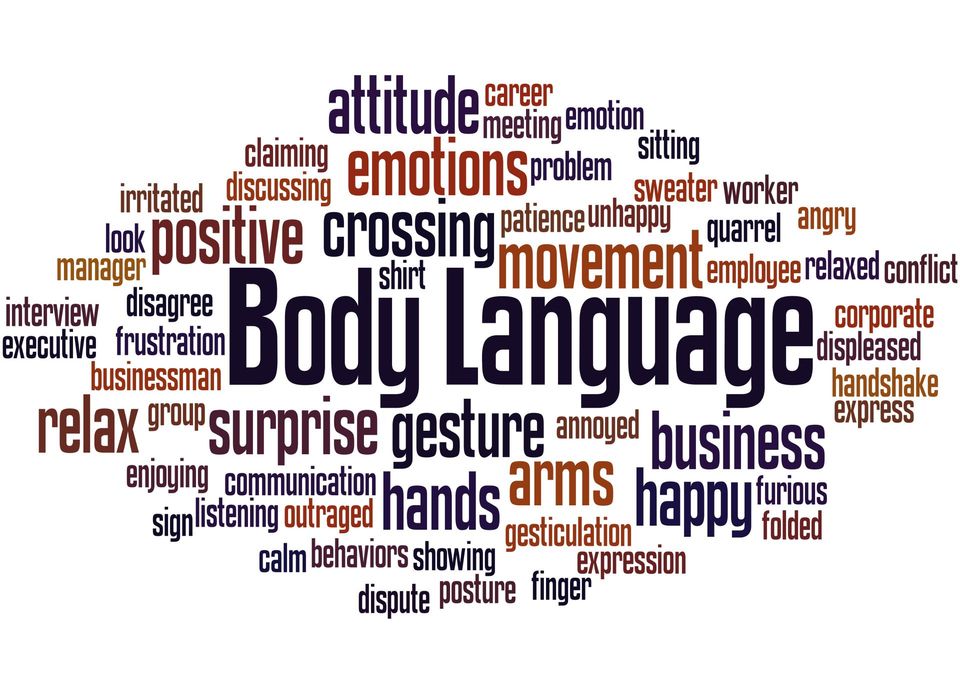The Benefits of Recognizing Social Cues
Louisiana REALTORS • April 28, 2020

We communicate in a variety of ways.
However, there are two distinct ways that we share information with one another; verbal and non-verbal. While verbal communication is pretty straightforward, learning how to read between the lines and pick up on the subtleties of body language can mitigate a lot of problems. Furthermore, the nuances of social cues, which can be verbal and non-verbal, provide a lot of valuable insight. This is especially true for REALTORS®. Because you work with many different people
in many different situations, understanding what isn’t being said can be just as important as what is, for you to make the best decisions.
What are Social Cues?
Social cues encompass a variety of behaviors that communicate different information. Some examples of social cues are:
- Vocal tone
- Hand gestures
- Facial expressions
- Posture
- Eye contact
- Body movement
Depending on any given situation, picking up on these cues can help you better understand what a person means and how they actually feel. Social cues allow us to fuel our intuition and reduce ambiguity during interactions with others.
How Can You Recognize Certain Social Cues?
Here are some common social cues and the messages they are conveying.
Fidgeting – Twirling a pen, playing with hair, and foot tapping are fidgeting behaviors. They can be signs of anxiety or disinterest. While some of these may be unintentional habits, they can put off the wrong signals. They are also signs that you may need to change the subject or find a way to regain their attention.
Crossed arms – Crossed arms are considered a defensive stance. This is a physical representation of being closed or standoffish.
Mirroring – Mirroring behaviors occur when someone is taking the same physical positions as you. Tone of voice and stance are examples of simple things for someone to imitate. When this happens, it is typically a sign of someone trying to genuinely engage with you.
Posture – Your posture speaks volumes about how you truly feel about any given situation. Slouching and other relaxed positions convey being tired or unengaged. Attentive posture shows interest in a discussion.
Tone – The inflection, volume, and register of your voice are emotional responses that directly present how someone feels. Higher registers suggest excitement. Lower registers denote more serious topics. The tone of someone’s voice is naturally easy to gauge and perceive.
While we all communicate differently, understanding how to collect all points of communication and the information being shared is an important skill. Picking up on what is, and isn’t being said, can help you become an even more knowledgeable REALTOR®.

By: Eric Landry, Breazeale Sachse & Wilson, L.L.P. Louisiana REALTORS® Legal Counsel Below are highlights of the changes to mandatory forms effective January 1, 2026. Louisiana Residential Agreement to Buy or Sell: Specific Changes Overall, several changes were made to re-order the agreement in an effort to have the agreement more closely track the sequence of events in a typical transaction. This resulted in relocation of several sections and corresponding changes to line number references in various places throughout the agreement.




